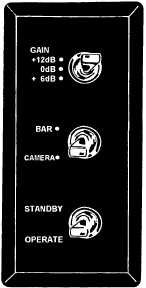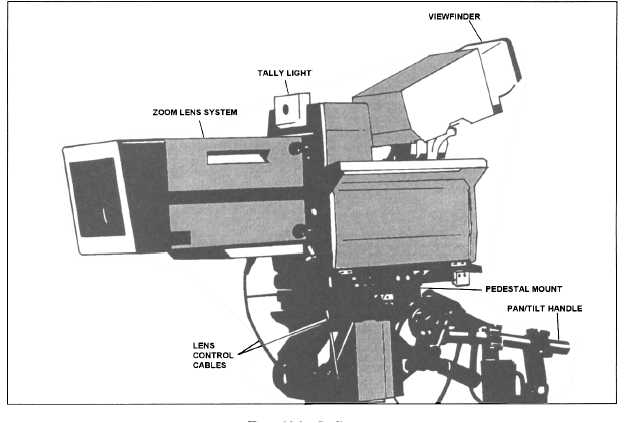Figure 14-3.—Television camera dB gain switch.
signal doubles in amplitude to increase the video level .
effectively. That means the 6dB setting doubles signal
strength and the 12dB setting is four times more than the
6dB gain.
Video Noise
Video noise increases in proportion to the video gain
previously described. Even the best cameras will deliver
“noisy” pictures under low-light levels. A noisy picture
has a great amount of snow, or white vibrating spots, in
the picture. This occurs when the video signals produced
by the pickup tube are not strong enough to override the
electronic interference the system usually generates. At
12dB gain, the system is generating more electronic
interference — and more video noise.
Having covered the basic operation and electronic
characteristics of a video camera, we now examine the
types of video cameras you will work with at NBS
detachments.
STUDIO CAMERA
The studio camera (fig. 14-4) is the backbone of the
television industry. It is mounted on a dolly pedestal so
the camera operator may wheel it to different locations
with relative ease during shot changes.
Television technicians monitor and adjust the video
levels of the studio camera with the camera control unit
Figure 14-4.—Studio camera.
14-3




